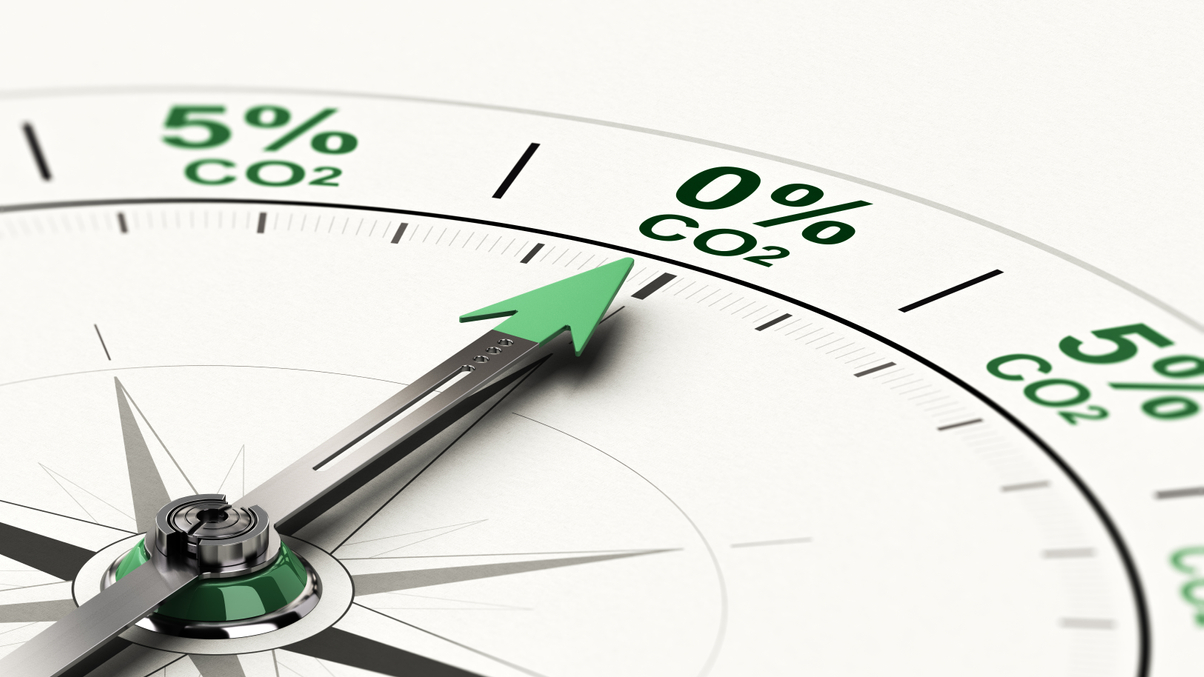How investors can make sense of discrepancies in ESG ratings
Environmental, social and governance (ESG) standardisations are not likely to happen any time soon, but institutional investors are developing their own methods of verification.

As institutional investors grapple with a lack of environmental, social and governance (ESG) standardisations across ratings agencies, gaining familiarity with the attributes that each rating measures and developing in-house research can help to iron out doubts, experts said.
Sign In to Your Account
Access Exclusive AsianInvestor Content!
Please sign in to your subscription to unlock full access to our premium AI resources.
Free Registration & 7-Day Trial
Register now to enjoy a 7-day free trial—no registration fees required. Click the link to get started.
Note: This free trial is a one-time offer.
¬ Haymarket Media Limited. All rights reserved.


